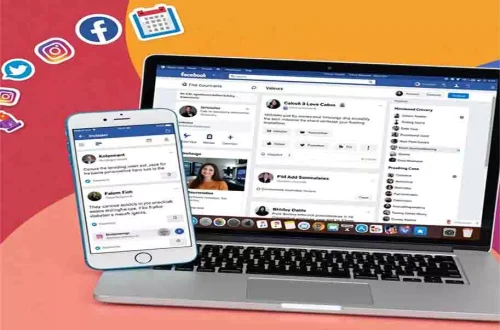A press release can be more than just a media announcement. When optimized for search engines, it can become a powerful tool to boost online visibility and drive organic traffic. Press release SEO ensures your press releases don’t just reach journalists but also rank high on search engines, bringing your message directly to your target audience. If you’re wondering how to optimize a press release for SEO, this blog will cover effective strategies and press release SEO best practices that can help you get the results you want.
Why SEO Matters for Press Releases
In today’s digital landscape, press releases and SEO work hand in hand. While traditional press releases aimed to grab journalists’ attention, modern ones are designed to be discovered by search engines. If done right, press release search engine optimization can help your brand appear in Google’s search results when people search for relevant keywords.
For example, a company launching a new product can use an SEO-optimized press release to appear on search engines when users look for that product or industry trends. This exposure can significantly boost traffic and engagement.
Key Press Release SEO Strategies
- Choose the Right Keywords
Keywords are the foundation of writing press release for SEO. To make your press release rank, research relevant keywords that your audience is searching for. Tools like Google Keyword Planner or SEMrush can help you find popular search terms.
Tips for selecting keywords:
- Focus on long-tail keywords for higher chances of ranking.
- Include keywords naturally in the headline, subheadings, and body of the press release.
- Avoid keyword stuffing, which can harm your SEO efforts.
- Optimize the Headline and Subheadings
Your headline is crucial for SEO. Make it catchy, concise, and keyword-rich. For example:
Instead of: “New Product Launch Announcement”
Try: “Innovative New Product Launch: Optimized for Enhanced User Experience”
Use H2 and H3 tags for subheadings, incorporating relevant keywords for better search engine recognition.
- Craft an Engaging Opening Paragraph
Search engines prioritize the first 100 words of your press release. Ensure your primary keyword appears naturally here. Engage readers by summarizing the key message right at the beginning.
Technical SEO Best Practices
- Add Relevant Links
Internal and external links enhance the value of your press release. Link to your website’s product pages or relevant blog posts to drive traffic and boost authority. Ensure that external links lead to credible sources. - Use Multimedia
Images, videos, and infographics can improve user engagement and make your press release more appealing. Search engines also prefer content with multimedia elements, which increases the chances of your press release being indexed faster. - Focus on Meta Tags and Descriptions
A well-optimized meta description can improve click-through rates. Include your primary keyword and a call to action within 150–160 characters.
Avoid Common SEO Mistakes
When working on your press release marketing strategy, avoid these common pitfalls:
- Overloading with Keywords: Google penalizes content that looks spammy.
- Ignoring Mobile Optimization: Most users access content on mobile devices, so make sure your press release is mobile-friendly.
- Skipping Proofreading: Poor grammar and spelling errors can hurt credibility and engagement.
Measuring the Success of Your SEO Press Release
Tracking the performance of your press release is essential. Use tools like Google Analytics to monitor traffic and keyword rankings. Look for spikes in website visits after publication and track referral traffic from news sites that pick up your press release.
Real-Life Example: Successful SEO Press Release
Let’s say an e-commerce brand launches a new line of eco-friendly products. By crafting an SEO-optimized press release with keywords like “sustainable fashion” and “eco-friendly clothing,” they can attract customers searching for these terms. Adding internal links to product pages and using multimedia enhances its chances of ranking higher on search engines.
Within weeks, the press release appears on the first page of Google, driving organic traffic and increasing brand visibility.
Conclusion
A well-optimized press release is more than a news announcement; it’s a strategic tool to drive organic traffic and boost brand visibility. By following these press release SEO best practices, you can ensure that your press releases reach a wider audience and achieve your marketing goals.
If you’re unsure about how to get started, consider hiring an SEO press release service to ensure your content is optimized and effective. Whether you’re promoting a product launch, announcing a partnership, or sharing company news, SEO can give your press release the reach it deserves.




